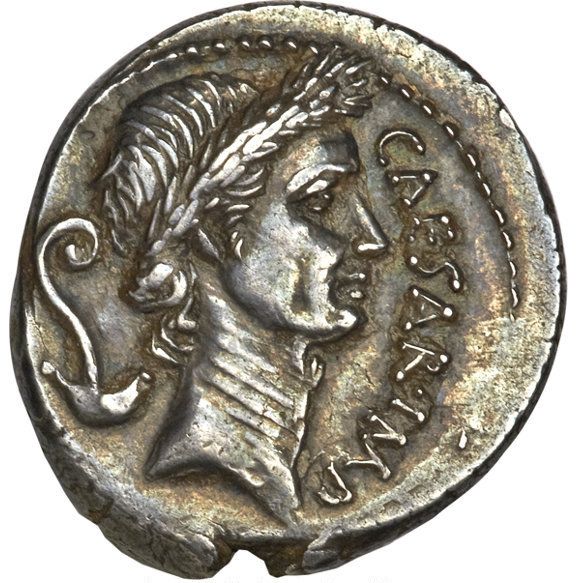
Meaning of a Head Tax
The first taxation in history occurred 5,000 years ago when a Pharoah in ancient Egypt collected a flat 20% of all grain harvests. The first taxation in the United States was signed into law by Abraham Lincoln on July 1st 1862. The tax rate was 3% on all earned income under $10,000 and 5% on all income over $10,000. There are those among us today that long for the simplicity of straightforward tax laws.
The Jews in the first century had two separate systems of taxations. One went to the Temple and the other to Rome. The Temple required an annual payment of one half shekel or two day wages for all males over the age of twenty years old. This was considered the age of accountability and the payment was called, “a ransom for his soul” (Exodus 30:12-16). The Temple also required a 1% to 2% payment for performing rituals concerning a sacrifice and a flat 10% tax on total annual household earnings that was earmarked to support the Levitical Priesthood. And finally, a 1% tax was expected to be paid on the market value of any food obtained during the year by hunting or fishing.
Rome charged a flat 1% tax on all crops or livestock produced by a land owner or land renter. Rome had an annual Existence Tax of one denarius that was required of every adult. Rome also had an additional Head Tax, but it was only required during a census. Rome normally conducted a census at regularly scheduled times. But, when Rome ran short on cash usually due to war campaigns, they would order a census on various territories primarily to refill the Roman treasury. The Head Tax of one denarius was levied on both men and women and included a pledge of allegiance to the rule of Rome. It was this type of census that forced Joseph and Mary to make the seventy mile trip from Nazareth to Bethlehem. Jerusalem was the only city that had a Roman house tax along with additional city sales taxes. Rome also had custom taxes on the transportation of goods to and from areas around the country, caravans moving through countries and shipping ports. Taxation toll booths were set up at intersection of major roadways and ports to collect these taxes. Goods were also taxed as they were brought in through city gates. These rates varied on the value and amounts of goods but generally ran from 2% to 5%. After the destruction of Jerusalem in 70A.D. Rome even levied a tax on Jews for being Jewish. However, once this tax was paid, a Jew was no longer required to worship Roman gods.
We know from the Gospels that the lineage of Jesus through the blood lines of both Joseph and Mary made Him a legal claimant to the Throne of David. The religious leaders had many disparaging things to say about Jesus, but they never denied that He was in the lineage of David. Rome was very concerned about civil uprisings centered around the offspring of previous rulers of a conquered province. To help elevate this possibility, Rome required anyone considered a legal claimant in the blood line of a king to take a vow of allegiance to the Roman Empire. Therefore, Joseph and Mary were both legally required to appear before the Roman census bureau and taxation authorities for two reasons. First, as citizens of Judah, they were required by law to update the information on the number of children, land holdings, crop and livestock yields and their estimated total annual household income for that year. However, they were also required to take a loyalty oath to Caesar that neither they nor any of their offspring would ever participate in nor support an effort to overthrow Roman rule.

To accomplish this requirement, a person would be given a coin by the Roman tax official with the image of Caesar on it. They would hold the coin against their forehead and take an oath of non-subversion or sedition against Rome and Caesar. Then they would pay their assessed tax debt. This was literally, because of the census and figuratively, because of the oath, referred to as a Head Tax.
Mary no doubt remembered that she and Joseph had taken this oath and had become concerned that Jesus was now becoming seen by some as a zealot and by others as the prophesied King of Judah. She remembered that the angel had told her at her conception that her son would be given by God the Throne of His father David and that He would rule over the Kingdom of Judah (Luke 1:32-33). This is why she travelled northeast twenty miles from Nazareth to Capernaum to talk to Jesus. She wanted to conduct what today we would call an intervention. She, along with His siblings, explained to Him the very real danger He was in (Mark 3:31-34). Mary was no doubt hoping that Jesus would first receive the public support of the Temple and the Sanhedrin. Then, through a series of peaceful negotiations and along with the help of God, He would be allowed by Rome to rule His nation. She wanted to see Him appointed King of Judea by Rome in the same way as Herod was appointed King. She did not want her son involved in a violent bloody uprising and possibly killed in a war. Or worse yet, arrested and tried by Rome then executed. However, it would in fact ultimately be the charge of sedition that would cause Rome to crucify Jesus.
If you enjoy the information provided on this site, please consider making a donation of any amount to help continue its production. Donate Now